
BatmobileHistory: Starting with Detective Comics #27, when Batman started, the design of his car varied wildly…but then in Batman #5, the design with the bat mask and roof fin appeared . . . Was there a specific origin or inspiration for that design? It’s really the first superhero car…
JR: Well, it had to look like a Batmobile owned by Batman. So we designed a car, streamlined it a bit and added the mask and the fins.
BH: It seems to draw inspiration from a few American cars of the time, which I thought was a nice touch.
JR: Yeah, at that time we wanted a big American car.
The early Batmobiles aren’t too consistent. Even when the car is first named in Detective Comics #48 (Feb, 1941) in a Bill Finger script, it is just a red sedan. Fans and historians have identified some of the possible base models for these early versions, but none of them have any real “Bat” to them. The bad, black version evolves over time, finally culminating in the Bat-grill version of Batman #5:
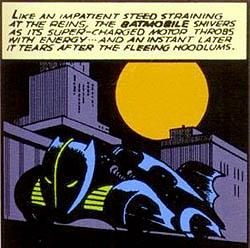
In the late 1930s, Rust Heinz epitomized the role of wealthy playboy. Heir to the Heinz empire and its famous “57 Varieties” of products (which back then was mostly pickles), “Rusty” was educated, rich, and sporty. He decided to team with designer Maurice Schwartz to develop a high-end automobile for others like him. The result was the Phantom Corsair, an ultra-modern roadster which they planned to sell for $12,500. Adjusted for inflation, the car would sticker today for $207,000.
The Corsair was made of sleek steel and aluminum and had doors that were opened by single buttons instead of handles. It had a 4-speed V-8 and was supercharged to reach speeds of 115 miles per hour. Even with all that muscle, the Corsair was designed and built for safety: it was loaded with shock absorbers and a high-end suspension. That’s what it read like; this is what it looked like:
In the summer of 1939, Heinz died in a tragic car crash and his dreams for the Corsair ended. But there was one working prototype. In addition to appearing at the World’s Fair in New York, the Corsair was also featured in Popular Mechanics as the “Motor Car of Tomorrow.” Note the front hood element at the bottom of the second inset.
Could any of the various Bat writers and artists have seen the Phantom Corsair and incorporated its design into the Batmobile? Maybe; if they saw it.
The Phantom Corsair’s most famous public appearance was in the 1938 film “The Young in Heart,” starring Douglas Fairbanks Jr., Janet Gaynor, and Paulette Goddard. In the film, the Corsair is driven on-screen and is fetishized by camera and characters alike. The car looks spectacular (watch it here).
The film was released the year before Batman’s first appearance in Detective Comics #27. But in the film, the car is not called the Phantom Corsair. This sleek, black, “thinking” car is called something else:
The last Phantom Corsair is currently housed at the National Automobile Museum in Reno. The Corsair would later become a major design inspiration for the official Batmobile in the beloved Batman: The Animated Series.
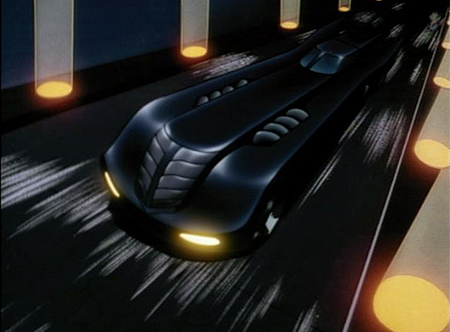
Brad Ricca is the author of Super Boys: The Amazing Adventures of Jerry Siegel & Joe Shuster – The Creators of Superman and American Mastodon. Visit www.super-boys.com and follow @BradJRicca.


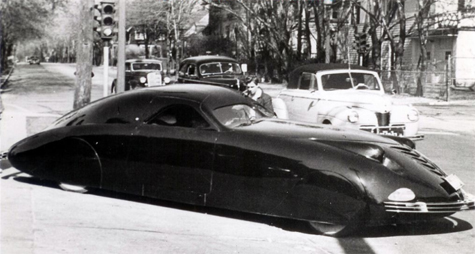
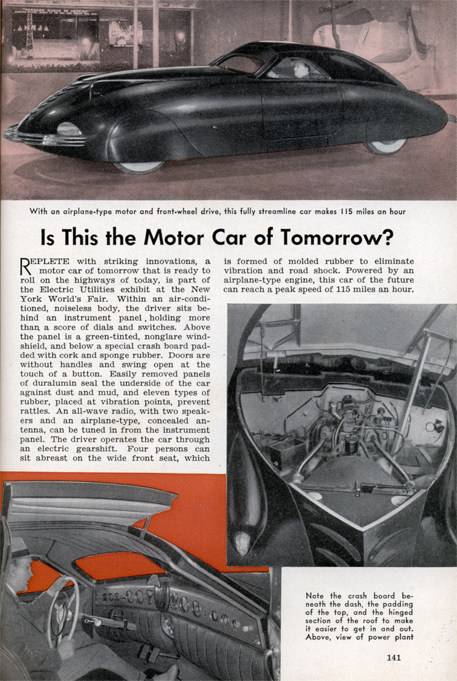
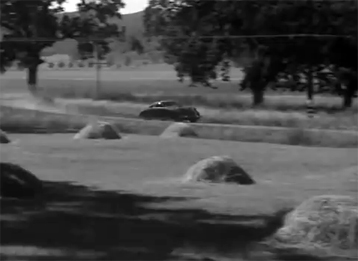
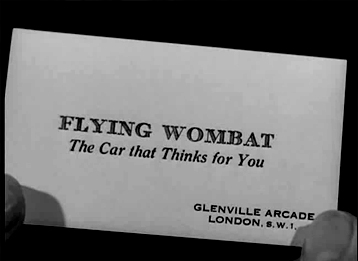
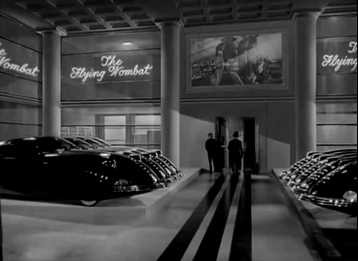





Comments are closed.